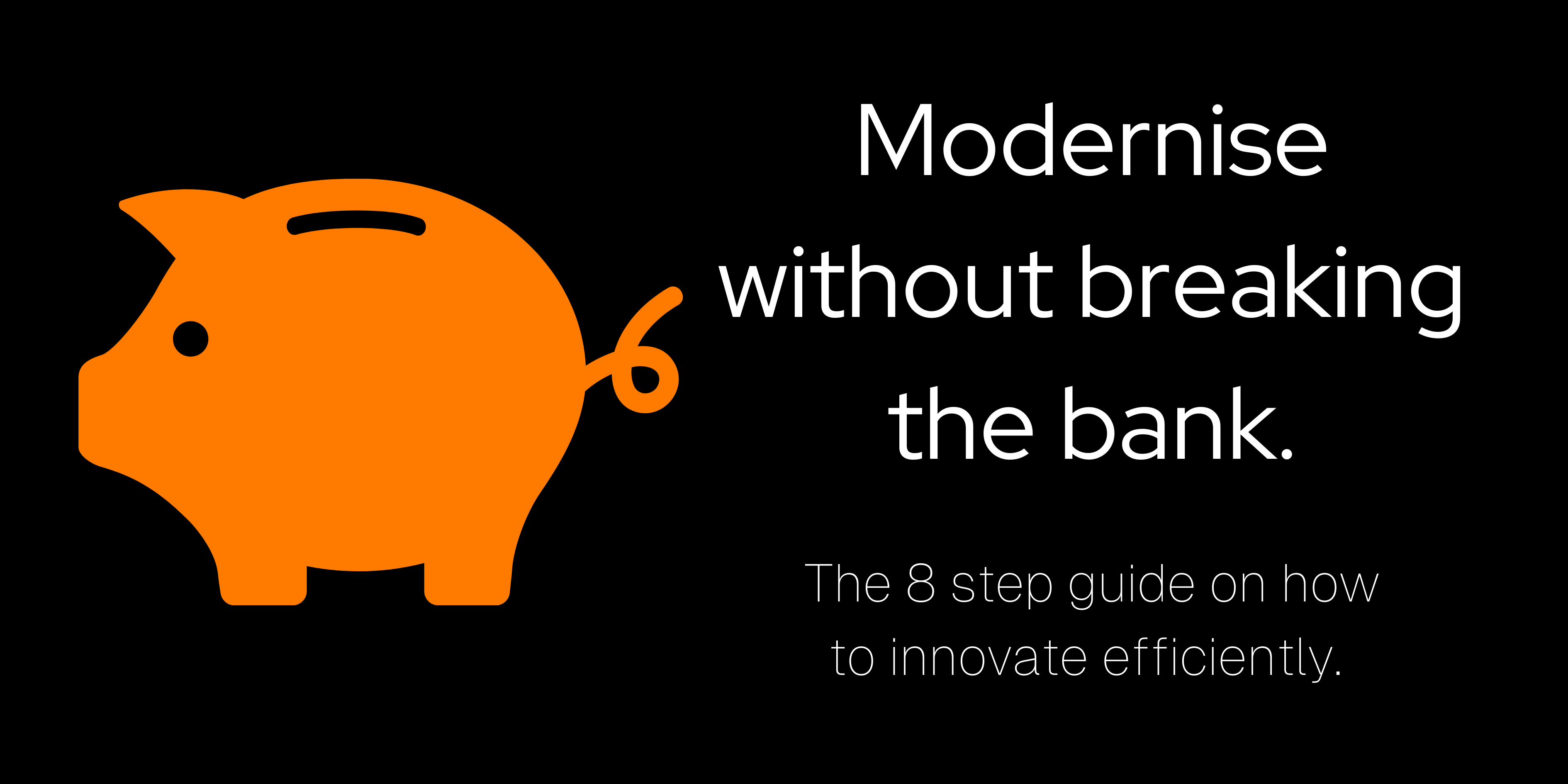Insights
Are Your Marketing Metrics Telling the Full Story?
By Dan Shaw
November 11, 2024
Read more →

Beyond Baseline Knowledge: Standing Out in the AI-Powered Era
By Steven Muir-McCarey
November 10, 2024
Read more →
How a Data Strategy Shift Can Unlock New Revenue Streams
By Steven Muir-McCarey
November 4, 2024
Read more →
The Overlooked Pitfalls of Ignoring Customer Data Management
By Steven Muir-McCarey
October 30, 2024
Read more →

Striking the Balance: 8 Step guide to modernise without breaking the bank.
By Anthony Hook
October 29, 2024
Read more →
The Hidden Cost of Staying Comfortable: Why 'Good Enough' Digital Platforms Might Cost You Big
By Dan Shaw
October 28, 2024
Read more →
How orchestrating data-driven MarTech and processes can optimise output
By Dan Shaw
October 23, 2024
Read more →
Why System Disconnection is Sabotaging Your KPIs
By Dan Shaw
October 21, 2024
Read more →
How the New AI Policy Will Impact Brisbane-Based Government Agencies
By Steven Muir-McCarey
October 15, 2024
Read more →
Confidence in Digital Projects: Driving Success in CX and DXP Initiatives
By Anthony Hook
October 13, 2024
Read more →
A Scientific Art: Mastering the Intersection of Data, AI and Brand
By Dan Shaw
October 12, 2024
Read more →
Digital Head, Analogue Heart: How Quantum Tech Can Benefit Brands
By Dan Shaw
August 22, 2024
Read more →
Why WebOps & Hosting your DXP is often misunderstood
By Anthony Hook
August 16, 2024
Read more →
Navigating Digital Transformation Series Part 3: Leadership and Decision-Making in Technology Implementation
By Steven Muir-McCarey
August 15, 2024
Read more →
Navigating Digital Transformation Part 2: The Disruptive Potential of AI
By Steven Muir-McCarey
August 15, 2024
Read more →
Navigating Digital Transformation Part 1: Strategic Technology Adoption and Maturity
By Steven Muir-McCarey
August 15, 2024
Read more →